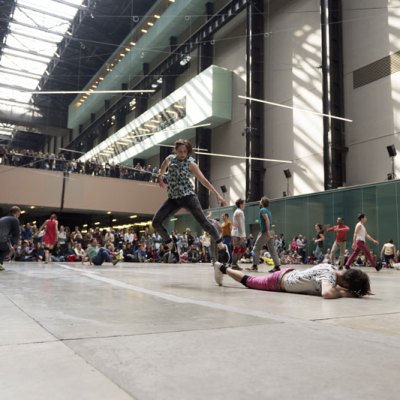It must have been a disquieting morning at the Groninger Museum. Following devastating news from New York in the early hours, the banners and publicity material for its current show, ‘David Bowie is’, would have taken on a horrible irony. Just days after his 69th birthday and the release of an excellent new album, David Bowie was dead.
That Bowie should have been the subject of a major touring exhibition at some of the world’s best design museums never surprised anyone. But what other other rock star could bring in such diverse crowds of fans, from high culture snobs to people who would never normally be seen dead in a museum? Then again, Bowie was only ever a rock star in the same way that Picasso was a painter. His interests and influence stretched far further than any such limiting description.
For one thing, his involvement with the art world stretched back far longer than his fame as a musician. As an aspiring (but failing) pop star in 1960s London, he was involved with the city’s avant garde, at one time jacking in his dreams of musical success in favour of performance art. The experience served him well: Ziggy Stardust, the flame-haired alter ego he would adopt in the early 1970s, mined artistic and literary influences just as much as it did the boorish excitement of rock’n’roll. Against all expectations, the cerebral, androgynous persona Bowie had created made him an overnight superstar.
But no sooner had he achieved the success he craved and inspired legions of imitators, than he abandoned the Ziggy Stardust guise. Here, the Picasso parallel comes into play: better than any of his many competitors over the decades, Bowie always understood the power of an artistic about-turn, and almost always knew the precise moment to quit while he was ahead. He went on to reinvent himself in countless other performative guises – if indeed guises is what they were. As other writers have noted, it was impossible to know when David Bowie (né Jones) wasn’t pretending.
You don’t need to look far to see just how important he was to the artists who grew up listening to his music – Tracey Emin, for one, puts him on a par with Egon Schiele as an influence. And Bowie remains the only major pop musician ever to penetrate the art world and hang on to his dignity. Despite being the subject of countless critical theory analyses, in the 1990s he began penning art criticism himself and – in an entirely more courageous move – exhibiting his own paintings. Despite sniffiness in some corners, it went down better than could possibly have been expected.
To what one imagines was Bowie’s chagrin, his active involvement in the art world – as a collector, painter and even critic – would and will always be dwarfed by his status as an icon, specifically the myth of his 1970s alter egos. He understood celebrity and played with it (to the point of total tastelessness at Victoria Station in 1976), creating a kind of postmodern fame: one of which he was acutely self aware, but completely in control. He redefined the popular perception of gender identity, and blurred the lines between the previously incompatible realms of high and popular culture. With no sop to hyperbole, it is quite simply impossible to overstate David Bowie’s impression on the cultural landscape of the past 40 years.



